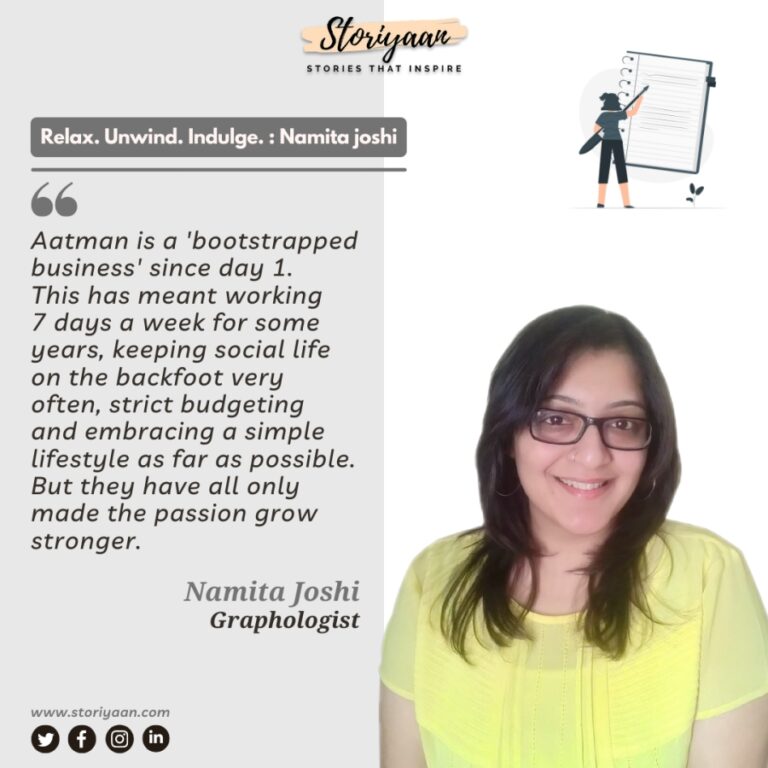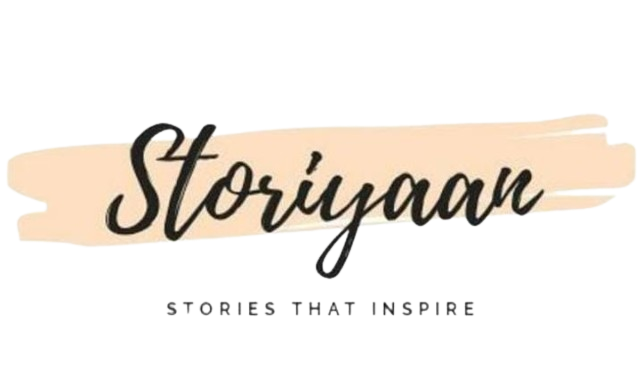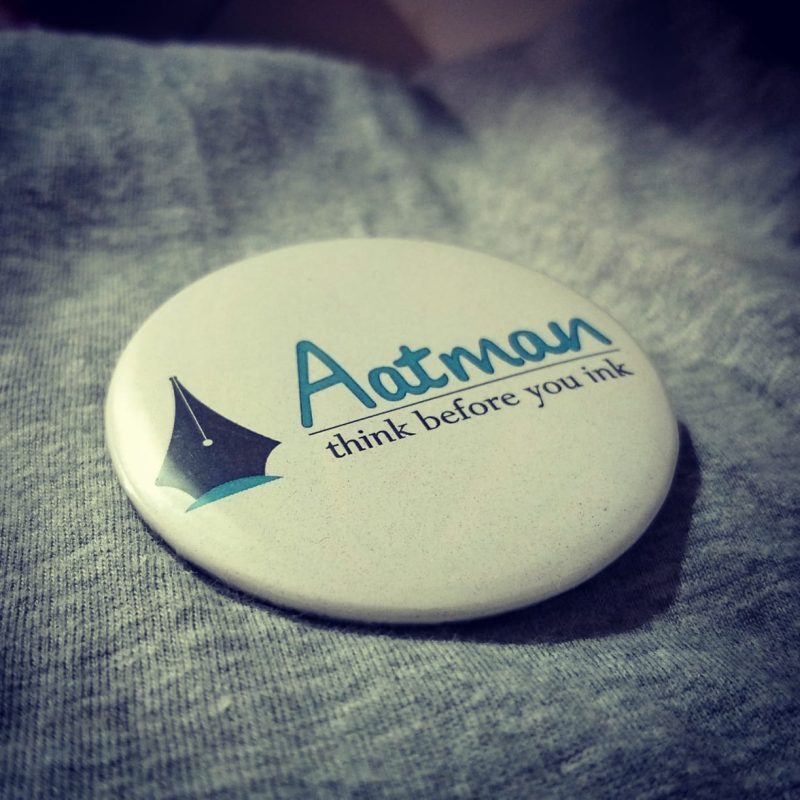Since stumbling upon Graphology (handwriting analysis) at the young age of 16, Namita Joshi found herself shell shocked at the depth and scope of the subject. As a student of Psychology, the human mind fascinated her, which played a big role in her deep interest in graphology. However, while pursuing graphology, she discovered several loopholes that surround graphology courses offered in India.
Having understood the problems around graphology in India, she engaged with the British Institute of Graphologists and undertook the journey of unlearning and relearning the subject. It was this rediscovery that lead her to form the foundation for “Aatman”. It is her passion project which is focused on providing extensive professional and knowledge-based courses along with consultancy services and career counseling sessions for students and mid-career individuals.
Read on to know more about the unknown scope of Graphology, her intriguing journey, her vision and much more in this conversation with Storiyaan.

Namita Joshi: The pen is the tongue of the mind.
Interview
Questions and answers
Can you elaborate for our readers on the concept and practical significance of Graphology?
Graphology is loosely referred to as ‘handwriting analysis.’ It is a psychometric tool that uses handwriting to decode information about an individual’s personality. It can be useful for HR professionals, counselors, security agencies, teachers, lawyers, parents, as it blends in with their natural environment. It is extremely effective as a reflective tool and can be used for self-growth by anyone.
You began learning Graphology when you were 16. How did you first come to know about this form of study?
After my boards, we went on a picnic to a resort. The resort had several ‘fun’ stalls and one such stall read “handwriting analysis.” I got intrigued by the poster and decided to give it a try. The analysis blew my mind and eventually, I decided to pursue it.
You mentioned that the more you studied it, the more you suspected that there were a lot of loopholes and gaps in the way it was being taught and practised in India. Can you tell us a bit about these shortcomings?
Earlier on, I noticed a great lack of ethics, which led to malpractice by graphologists. They would just not consider respecting a client’s confidentiality and privacy. Moreover, in India, graphology is being taught without any connection to psychology, which is a major problem. This has led to ‘crash courses’ based on half-knowledge via over-commercialization instead of professionalization of the subject, which harms the standing of the subject.
Do you believe that your background in psychology has helped you to possess a better grasp of graphology? If yes, will those from other streams face any hiccups in mastering it efficiently?
Yes, it has certainly helped. As mentioned above, this subject must be studied with psychology since it is a form of applied psychology and a psychometric tool. However, everyone can learn it through a holistic and integrated curriculum that respects the integrity of the subject.
What are some of the most important skills one must possess to master graphology adeptly?
Firstly, patience. To truly master anything patience is the most basic prerequisite. Secondly, one must be open-minded and be self-reflective. Thirdly, it is advantageous to be a critical thinker so that one can evaluate a situation from multiple angles before concluding anything. And lastly, reading is a non-negotiable skill. It also helps natural develop the other skills mentioned.
What were the major factors that played a key role in helping you kick-start “Aatman” as an institute?
Passion, patience, courage and faith. From instinctively exploring the subject to teaching others just for fun, I never expected it to snowball into something larger. However, once I took the first step, I realized that it was a path I was meant to walk on.
Can you tell our readers about the eligibility criteria required by students to enrol into Aatman Training Center for Graphology?
Anyone 15 years and above can enrol into the course. Our batches have students from various age groups and backgrounds, which makes it all the more fun! Distance learning is also an option and we have had students from outside India as well.
What are some of the key features of your curriculum and how do you set the fee structure?
Our curriculum is autonomous and interdisciplinary. The interdisciplinary nature of the study generates a lot of classroom discussions. They are a key feature of learning at Aatman and they go on for hours on end. The courses are spread across 4 levels, wherein levels 1 and 2 cover the basic and intermediate curriculum, while levels 3 and 4, are for deep-diving and rigorous self-excavation. Furthermore, we also have an active community of graphologists who are involved in each other’s training and assessment.
Since the motto of Aatman is to ‘help people help themselves’, the fee structure is set at professional yet affordable rates, which covers curriculum material and practical training.
What are some of the perks that come along with the study of graphology at your institute?
Classroom discussions often touch upon many significant threads of life and that have often inspired us to add in new services at Aatman. Besides Graphology courses, we have a career services wing that offers elaborate career counseling for students and mid-level professionals. Graphology is used as a psychometric tool for these sessions as well. Consultancy services and corporate trainings are also offered regularly.
Can you share with us your most cherished memory of teaching graphology and the impact it had on you?
There are way too many memories and it’s impossible to put them into words. All I can say is that the entire experience has been surreal.
You have co-authored policy papers that were shared with the Ministry of Human Resources (MHRD) and other government agencies and have also contributed to the National Education Policy (NEP 2020). Can you share with us a bit about these works?
Previously, I worked as a policy research associate at a reputed think tank in Pune. I was fortunate to receive the opportunity to co-author a policy paper on ‘gifted children.’ Many of the recommendations made in that paper were also included in the NEP 2020. While the recommendations focused on gifted children, the recommendations were also made keeping the benefit and welfare of all children in mind.
Quick 5
1. Your greatest achievement so far – A student-state of mind
2. One immediate goal on your bucket list – To do a full push-up
3. One word to define the human mind – Magical
4. One book you recommend to learn graphology – The Road Less Traveled by M. Scott Peck
5. One lesson learnt from your experience as an entrepreneur – “There are no accidents”

